At the western tip of Okinawa’s main island, Cape Zanpa is a true postcard scene: a white lighthouse standing against the deep blue of the East China Sea, a line of rugged limestone cliffs, sandy beaches, and a large park perfect for strolling and picnicking.
It’s also an ideal base for exploring Yomitan: pottery workshops and hands-on experiences, glassblowing classes, a cultural park, a UNESCO-listed castle, as well as cozy cafés and small shops just minutes away.
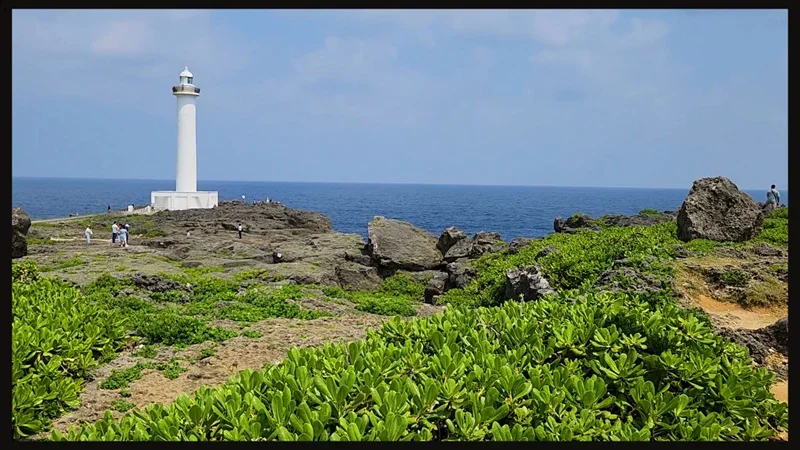
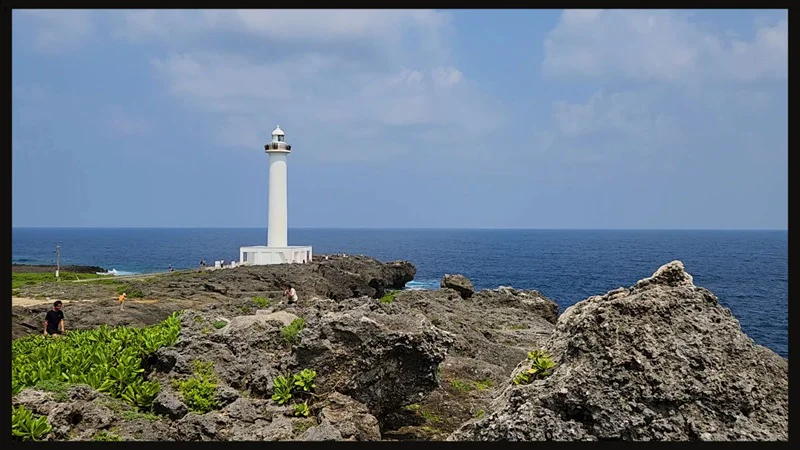
Where is Cape Zanpa?
Cape Zanpa is located on the west coast of Yomitan, about 36–40 km from Naha Airport (1h–1h15 drive depending on traffic). It is a windswept promontory marking one of the westernmost points of Okinawa Hontō. The site is famous for its sunsets and wide views. In clear days, the horizon stretches all the way to the Kerama Islands.
The tallest lighthouse in Okinawa: dimensions, history, visit
Built right on the cliffs, the lighthouse of Cape Zanpa is the tallest lighthouse in Okinawa: 31 m high (structural height: 30.61 m) with a light range of about 33 km. It was put into service on March 30, 1974, at a time when the site had just been released from its status as a U.S. firing range. Today, it is open to visitors (paid entry: about ¥300 for middle school students/adults. Hours vary depending on the season).
Practical notes: public access (unguarded lighthouse “that you can climb”) and seasonal visiting times are confirmed by local tourist information. Check the day before your visit (weather, wind, possible closure).
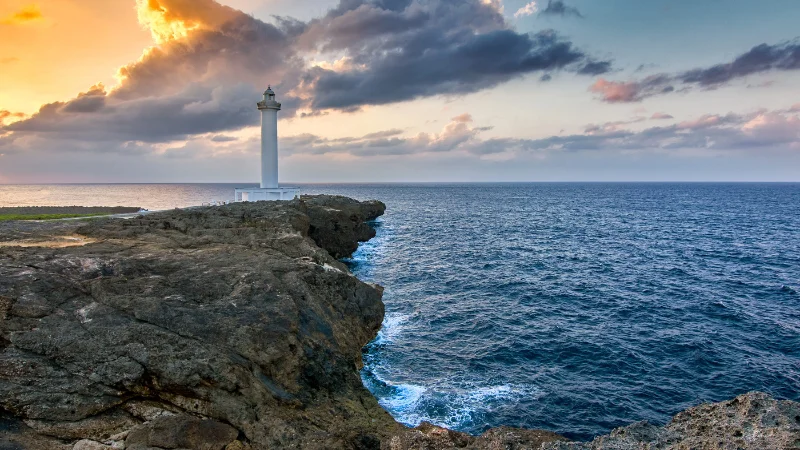
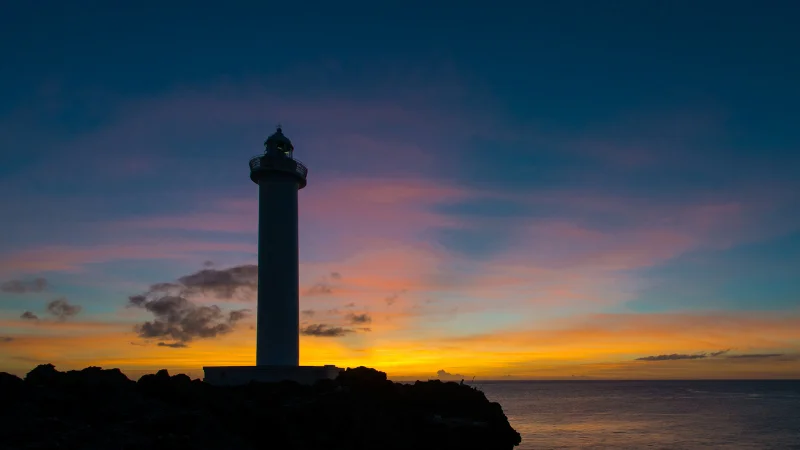
The cliffs: rock nature, height, atmosphere
Cape Zanpa stretches for about 2 km of cliffs reaching 30 m in height, a gray wall full of notches, sculpted by waves and salt. The substrate is Quaternary coral limestone (that is, from the most recent geological period). This famous “Ryūkyū limestone” is therefore a remnant of ancient coral reefs uplifted over the last hundreds of thousands of years.
This porous rock, characteristic of Okinawa, karstifies easily (that is, the coral, by calcifying, forms what is called a karst). This process, typical of limestone reliefs, creates sharp ridges and blades punctuated with cavities, giving the Zanpa cornices their distinctive jagged silhouettes.
You can walk along a coastal path laid out in the park. In this area, the sea throws sprays of foam on rough days. A rather rare spectacle for Okinawa, better known for its calm lagoons and wave-free beaches.
*Wear closed shoes (the limestone is sharp) and stay back from the edges when the wind is strong.
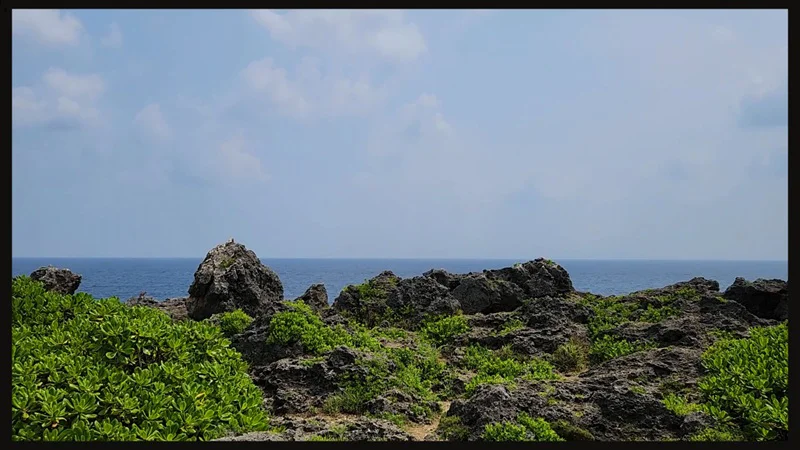
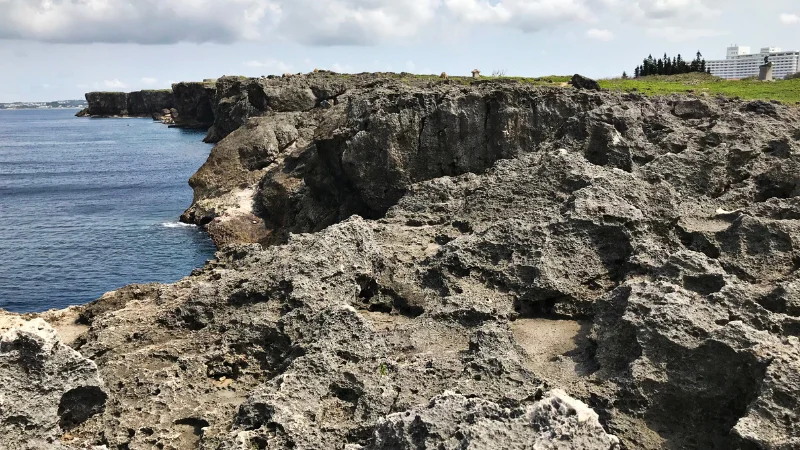
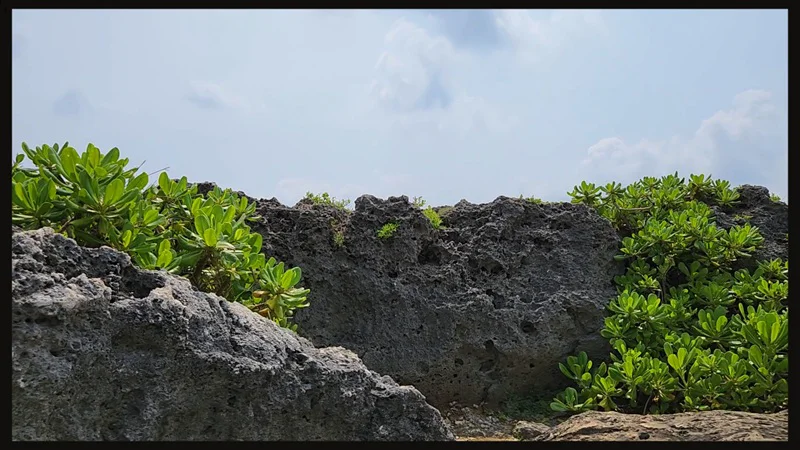
Hiking and walks around Cape Zanpa
Cape Zanpa Park lines its seashore with easy walking paths. Plan 40 to 90 minutes depending on your pace to alternate between viewpoints, lawns, groves, and rocky areas. The site includes playgrounds, large picnic lawns, benches, and shaded areas, perfect for a family break before or after climbing the lighthouse. You will also find the largest Shīsā in Okinawa (a guardian lion statue-totem standing 8.75 m tall), which has become a very popular photo spot.
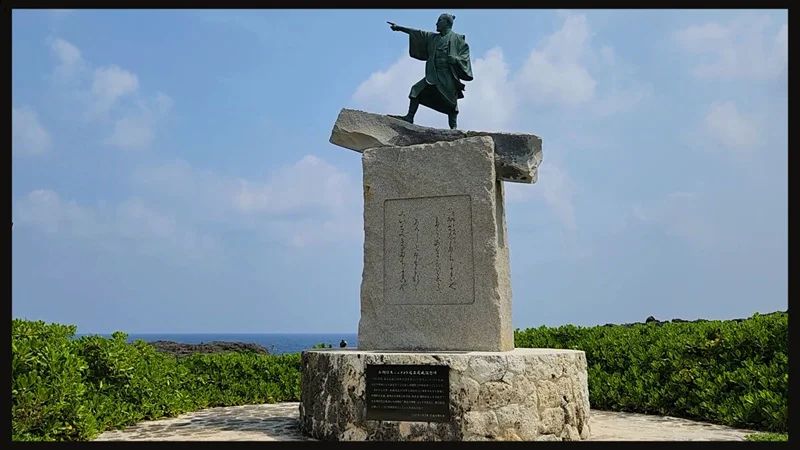
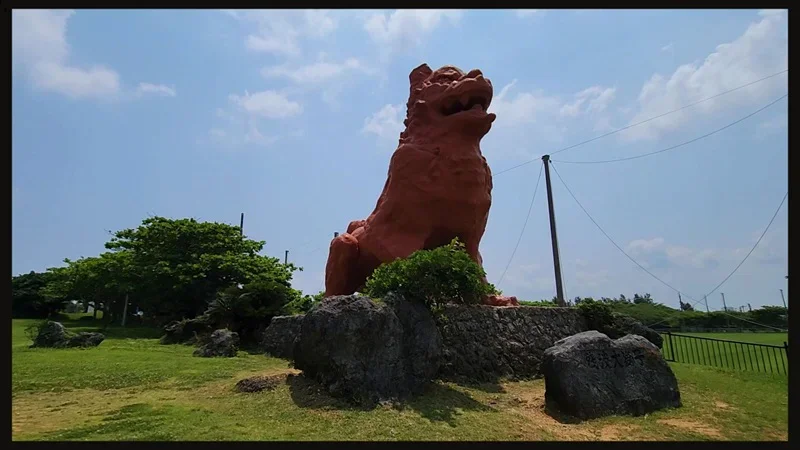
Zanpa Beach: swimming, season, facilities, and water activities
Zanpa Beach, located just south of the cape, is a developed beach with a swimming area, anti-jellyfish nets, showers, changing rooms, lifeguards during opening periods, and equipment rentals. This includes a wide range of items, from simple floats to life jackets, diving suits, sea kayaks, and more.
The swimming season generally runs from April to October (daily hours vary), and the beach offers various water activities: towable tubes, supervised jet-ski, SUP, kayak, and often a glass-bottom boat (depending on season/operator). Wear water shoes! some areas are dotted with rocks and calcified corals.
Nearby, Nirai Beach (in front of the Hotel Nikko Alivila) complements the offer with a natural beach of about 400 m, very shallow, known for its very clear water and family-friendly activities. Note that this large beach is also open to non-hotel guests.
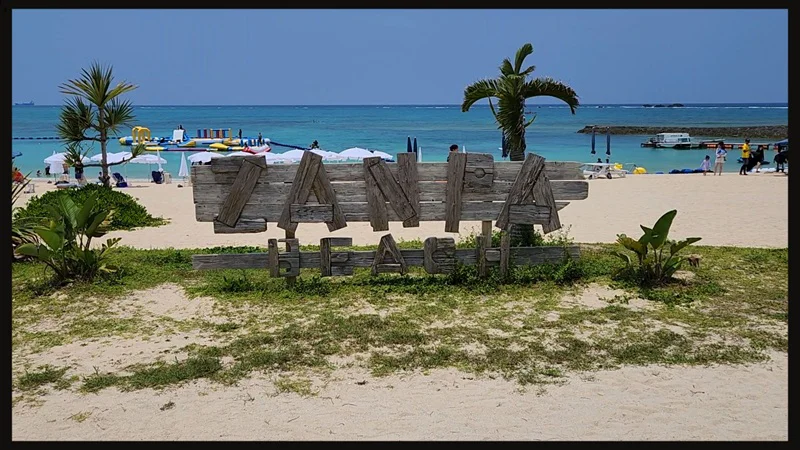
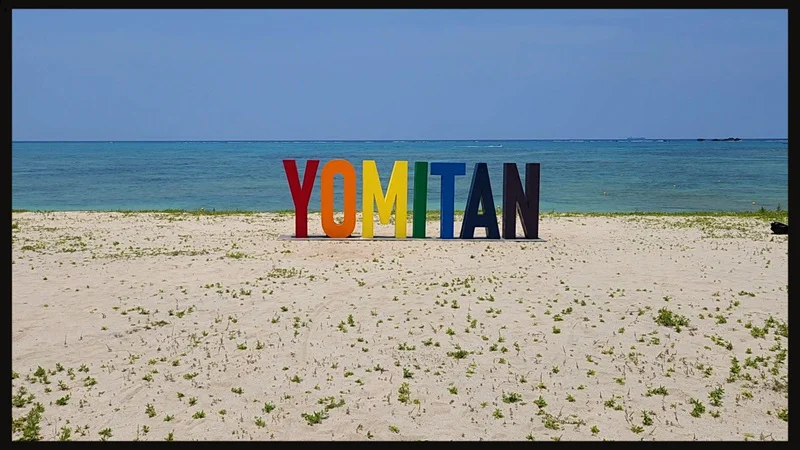
Sea kayak, SUP, diving, and… fishing
Note: SUP means “Stand Up Paddle.”
It is a sport where you stand upright on a large floating board (similar to a surfboard) and move using a paddle.
Kayak and SUP:
- The Yomitan coast between Zanpa and Onna offers short outings in kayak and SUP on translucent waters, sometimes with “sunset” options or routes toward small coves. Several local operators organize these tours for all levels (children allowed depending on the tour).
Scuba diving:
- The “Zanpa lighthouse” and “Zanpa misaki” area is well known among divers for its drop-offs and caves. You can also encounter a variety of pelagic wildlife (trevallies, napoleon wrasse, turtles, and rays) during drift dives off the cliff. Dive centers based in Yomitan or Onna offer half-day boat trips. Required skill level varies depending on the sites and conditions.
Coastal fishing:
- The rocky edges of the cape are frequented by local fishermen, targeting coastal species and, at night, larger catches. Caution is necessary: the terrain is rugged and exposed (falls, waves, strong gusts). This activity is reserved for experienced anglers, well equipped and never alone.
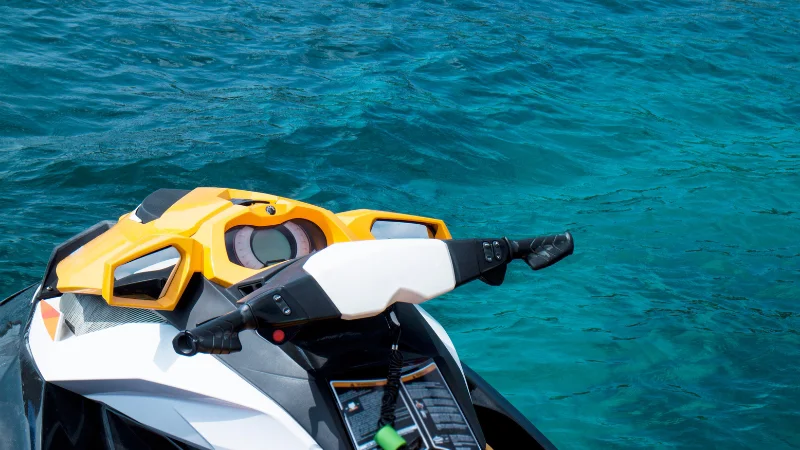
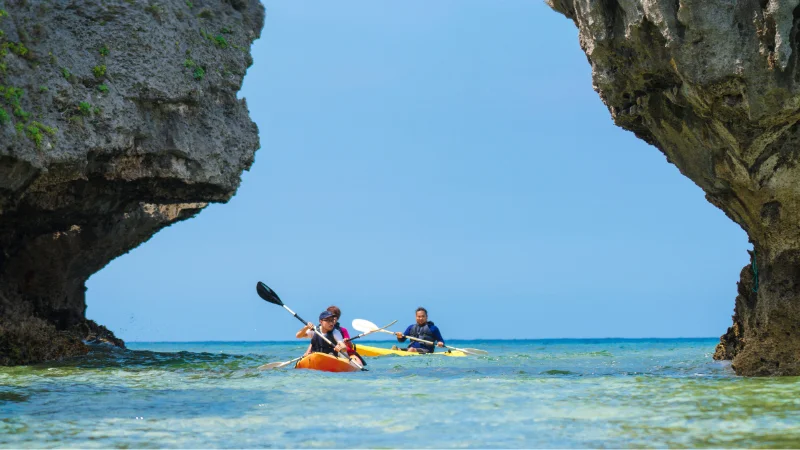
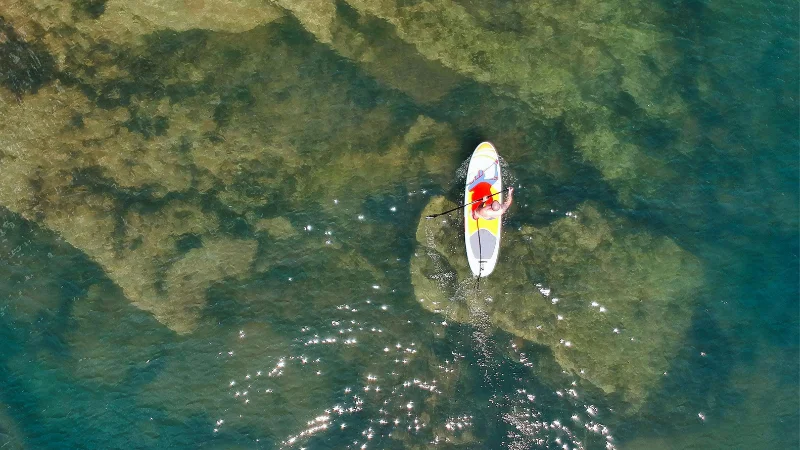
Boat trips and small cruises
In season, from the Zanpa and Nirai area you can find coastal outings (e.g., glass-bottom boat) and short sea excursions linked to nearby beaches and hotels. For full-day trips to the Kerama Islands, departures are usually from Naha (45–70 minutes by fast ferry). If you are staying in Yomitan, it is very doable in a single fair-weather day: morning at the cape, afternoon at sea, and ferry or “fast boat” the next day.
Picnic areas, BBQ, camping “mobile-home”
The Zanpa Resort Activity Park includes lawns, shaded picnic areas, a playground, and depending on the operating season, a “hands-free” BBQ area (reservation, equipment provided, sometimes suspended in the low season), as well as small “Trailer house” accommodations (mobile-homes/glamping) called Umi no Ie in Japanese. Check the actual openings at the time of your stay (some services may be on pause).
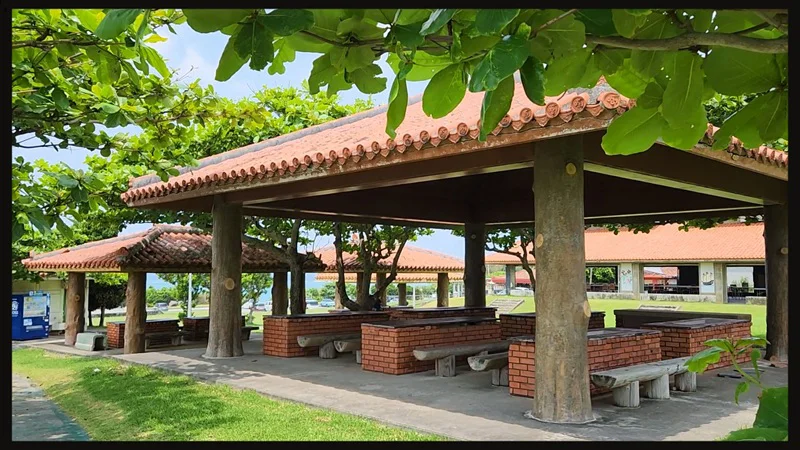
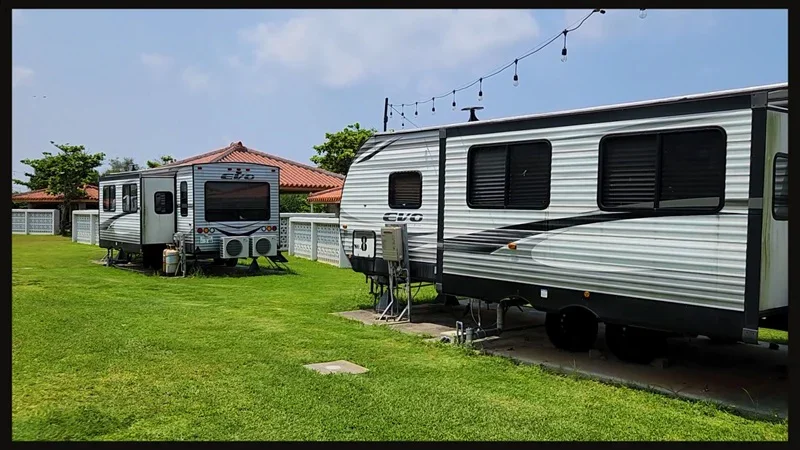
Hotels and small commercial area nearby
Grand Mercure Okinawa Cape Zanpa Resort (former Royal Hotel Zanpamisaki):
- Large resort overlooking the sea, pools (including one of the largest in Okinawa), quick access to the park and to Zanpa and Nirai beaches.
Hotel Nikko Alivila (Yomitan):
- Iconic address in a Spanish-colonial style facing Nirai Beach: restaurants, shops, sea activities, and a “dolce vita” atmosphere.
Okashigoten – Yomitan Honten:
- Large shop and café 1 km before the cape (local specialty: purple sweet potato tart, Beni-imo tart). Convenient for stocking up on edible souvenirs, strolling around, and relaxing with the family.
Gala Aoi Umi (Takashiho/Yomitan):
- Salt museum, various workshops (glassblowing, pottery, salt-making), stalls, and restaurants.
A small artisanal and culinary hub, pleasant to combine with Cape Zanpa.
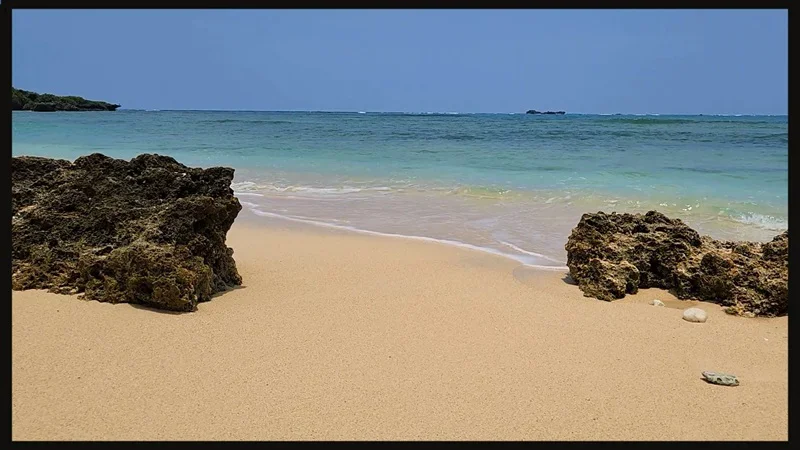
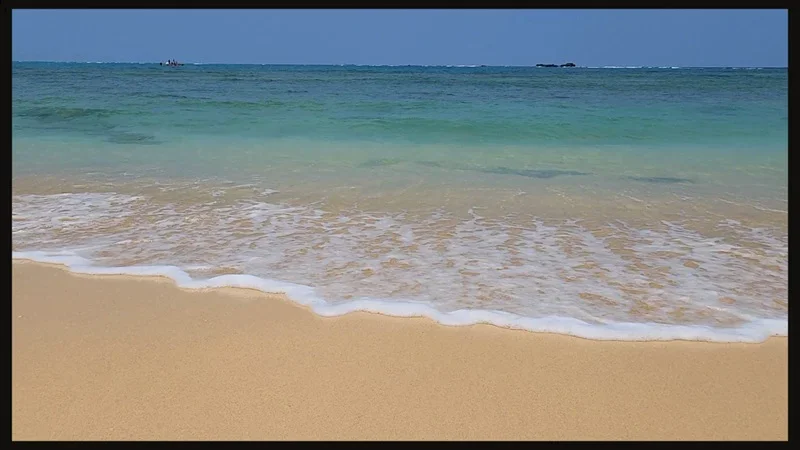
The park in practice: parking, food, amenities
The cape is accessed by a single road, with free parking lots. The “Cape Zanpa Drive-In” and other small spots inside and near the park allow for a quick meal, before or after visiting the lighthouse, with local dishes or snacks. Public restrooms are located near the rest areas.
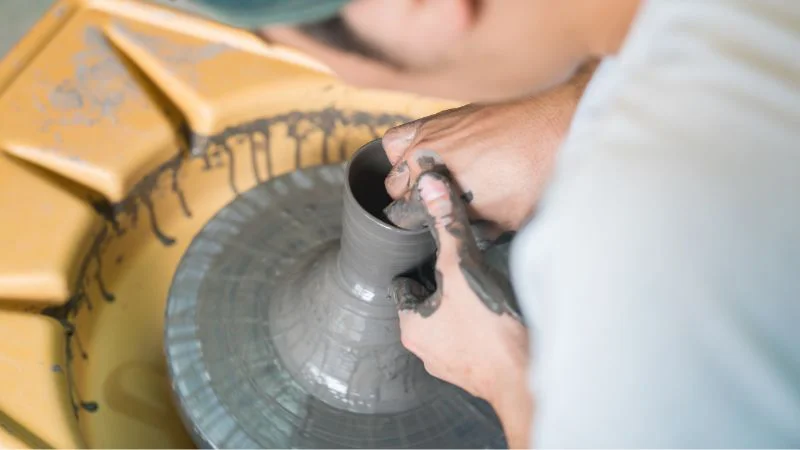
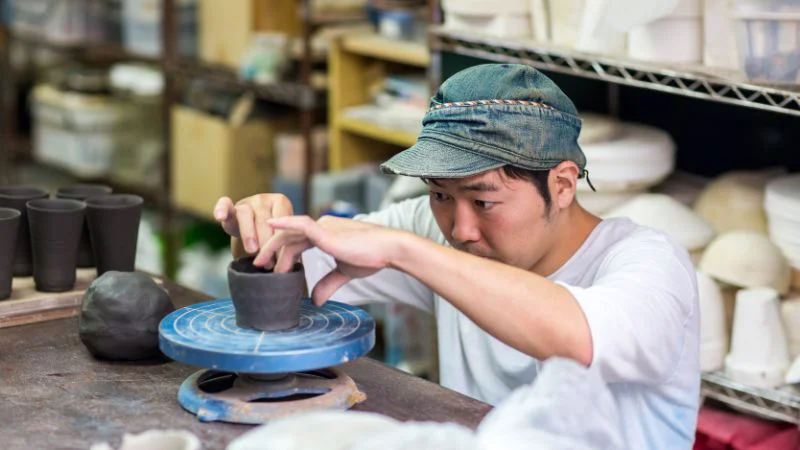

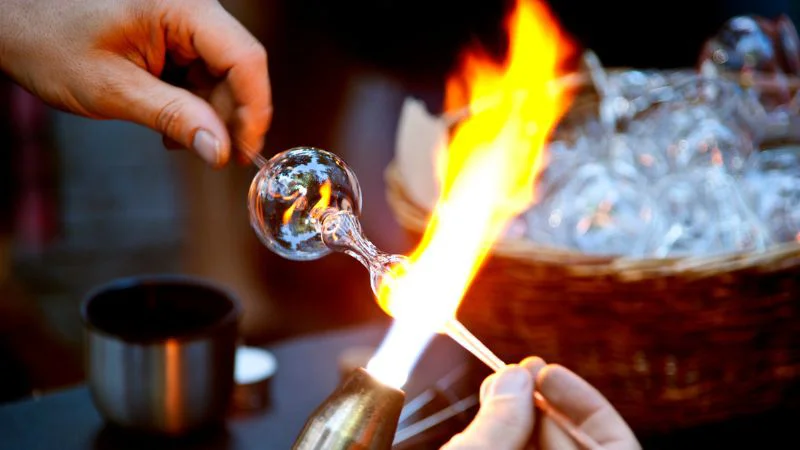
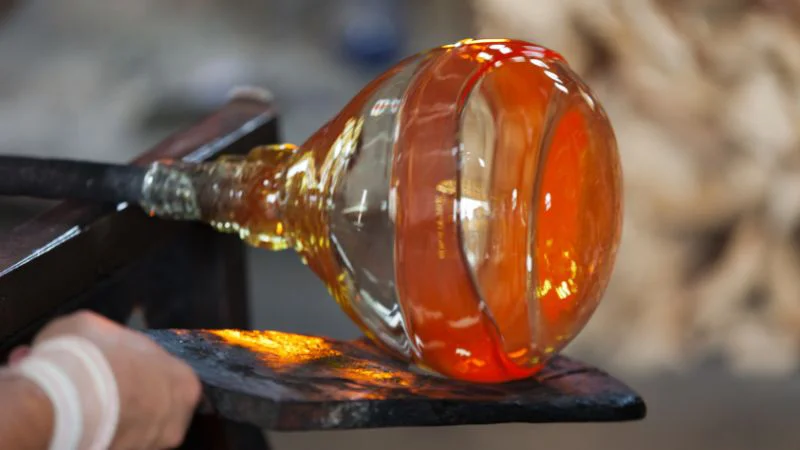
Around Cape Zanpa: what to see within 15 minutes by car?
Zakimi-jō (Zakimi Castle ruins):
- UNESCO site (Gusuku). Curved stone walls, arched gate, panorama of the coast. Allow 60–90 minutes for a self-guided visit.
Yachimun no Sato (pottery village):
- Heart of Okinawa ceramics, with workshops, stepped kilns with red-tiled roofs, and shops. Perfect for strolling, meeting artisans, and leaving with a unique piece.
Murasaki Mura (picturesque village):
- Cultural park recreating a town from the Ryūkyū Kingdom era; more than 30 workshops (paint your own shīsā, Ryūkyū glass, dance, sanshin), a Lantern Festival in winter and the Ryūkyū yōkai Festival in summer.
Coral Farm: (see article)
- Discovery of Okinawa’s reefs and the actions taken for their preservation. A short, educational visit, ideal for families before exploring the nearby beaches in the late afternoon before visiting Murasaki Mura.
Nirai Beach (Hotel Nikko Alivila):
- Gentle natural beach, shallow water, activities. Combine with a terrace café at the hotel.
Gala Aoi Umi:
- For the “make your own salt” workshop, salt ice cream, and local craft shops.
Beaches, coves, and lagoon: where to find the most turquoise water?
- The Yomitan coastline alternates between large beaches (Zanpa, Nirai) and small hidden coves, often accessible by trails behind the vegetation. Depending on the tide, the water takes on turquoise shades in the depressions of the coral reef flat (typical of Okinawa’s fringing lagoons). For a “family” day, stay on the supervised beaches. The unmanaged coves are truly beautiful but without supervision or anti-jellyfish nets, so caution is necessary.
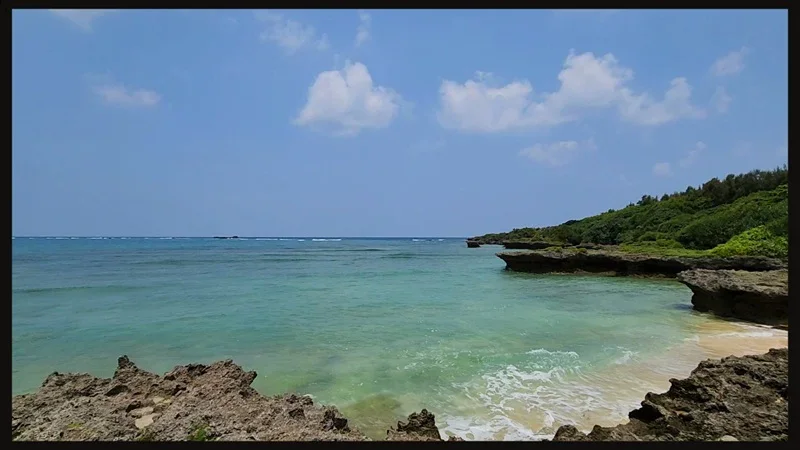
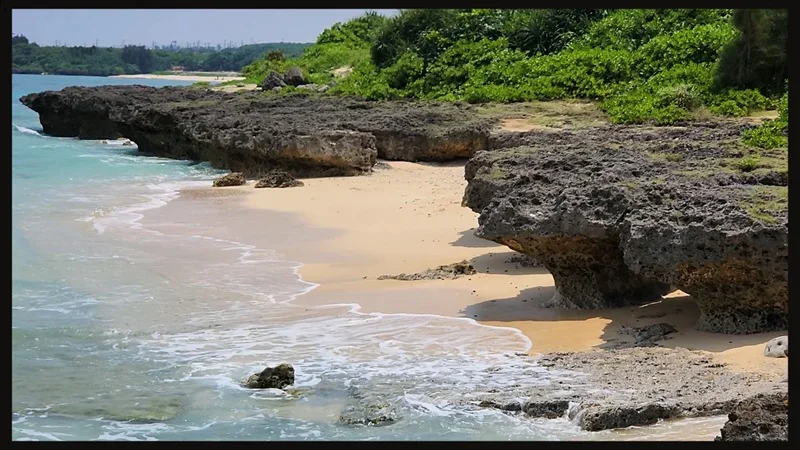
Safety tips and good practices
Sharp rocks:
- Wear water shoes for the beach and sneakers for the rocky trails.
Wind and swell:
- The west coast takes the open-sea swell: stay back from the cliffs, especially when the sea is rough.
Season and hours:
- The developed beaches and lighthouse visits have opening periods: check the day before.
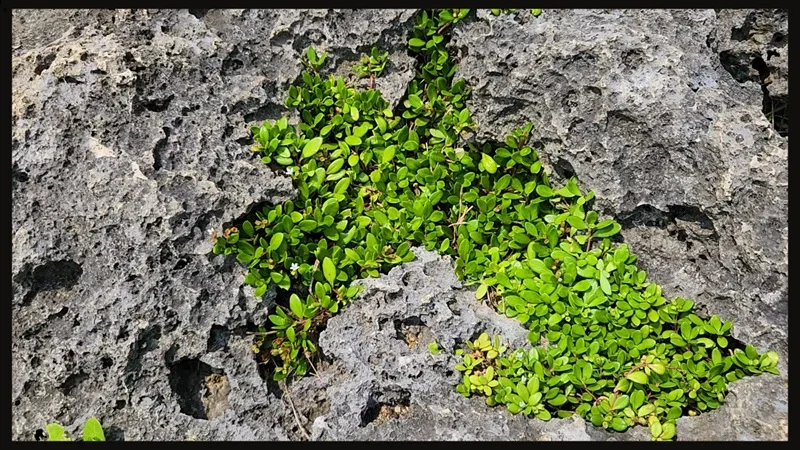
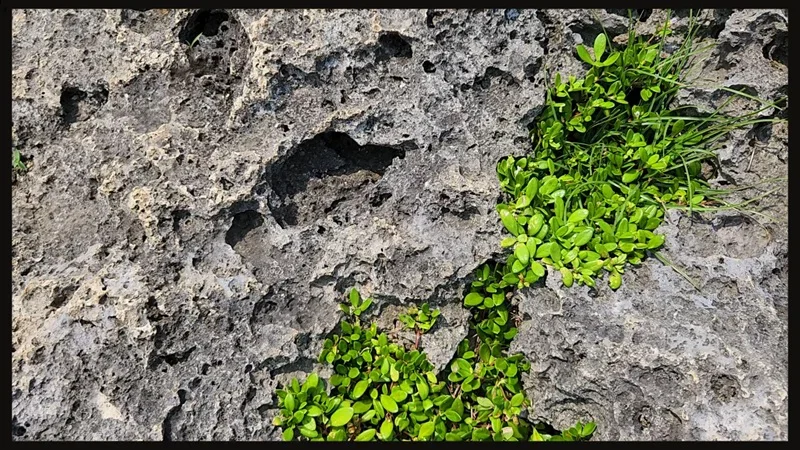
Sample itinerary
A full day at Cape Zanpa
- Morning: arrival at Cape Zanpa Park, walk along the cliffs to the lighthouse, climb to the top (if weather permits) for the panorama. Photo stop in front of the giant shīsā.
- Lunch: picnic on the lawns (shade and tables) or a simple meal at the Drive-In/nearby restaurants.
- Afternoon at the sea: head to Zanpa Beach (or Nirai Beach) for swimming and water activities (SUP/kayak, towable tube, supervised jet-ski, glass-bottom boat depending on season).
- Sunset (back at the promontory): the sun sets “into the sea” to the west, one of the most beautiful spots in Okinawa.
In a single day, you can visit the lighthouse, walk, picnic, and spend the afternoon at the sea. And if you have more time, stay 2–3 days in the area: you can add Zakimi, Yachimun no Sato, Murasaki Mura, and some coves to your program.
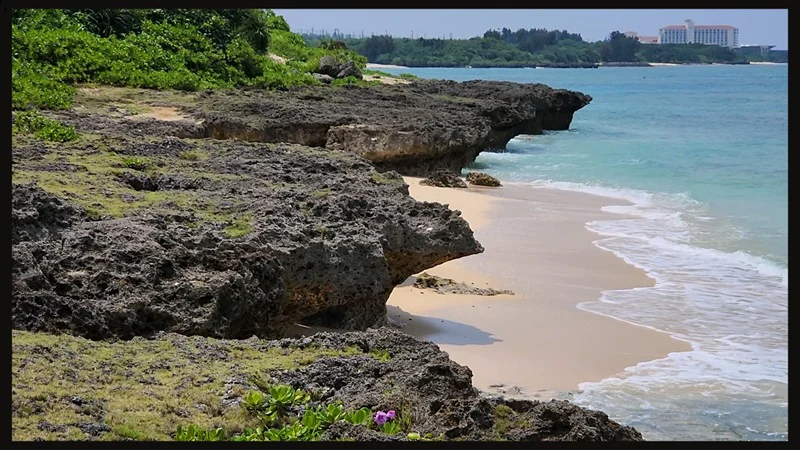
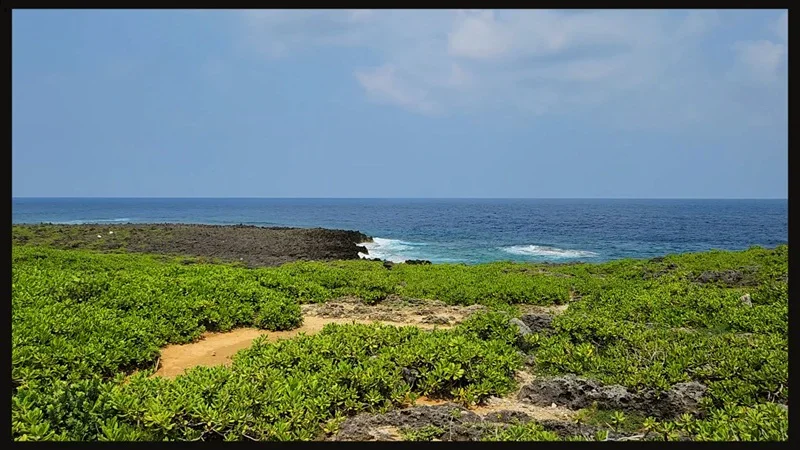
Video to get a feel for the place
To preview the site before your trip, a video uploaded on YouTube and filmed at Cape Zanpa gives a good overview of the walk, the lighthouse, and the cliff views.
Don’t forget to leave a “like” 👍 if you enjoyed the video and subscribe to my channel to support my content. Also remember to activate the bell 🔔 to receive notifications for all my upcoming uploads.
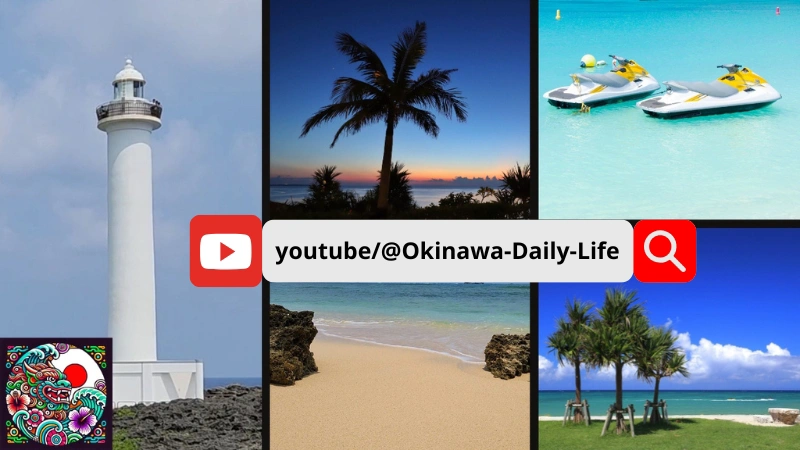
Curious to see Cape Zanpa? The video is waiting for you on my YouTube channel, click on the photo!
Express FAQ
What is the best season?
- From April to October, to combine swimming and blazing sunsets. Winter can be windy but very photogenic (big waves against the cliffs). Beach hours and lighthouse visits follow this seasonal rhythm.
Can you hike for a long time?
- Yes, on several kilometers of “easy” paths, but the main interest is the scenery (cliffs, coastal vegetation, sea). Bring a hat, sunscreen, water, a protein bar, and proper shoes (or at least a good pair of sports shoes).
Insects and reptiles
- Around the lighthouse, the coral rock is full of relief. Small plants and flowers grow there, attracting various insects. Depending on the season, you may even see small, non-aggressive wasps coming to forage.
- During the hike, stay on marked trails and avoid going into the underbrush: these areas may harbor snakes and venomous spiders.
And for a stay of a few days?
- Stay at Zanpa or Nirai: you will be 10–15 minutes from Zakimi, Yachimun no Sato, Murasaki Mura, Gala Aoi Umi, and within reach of Onna (Blue Cave, beaches).
Cape Zanpa at a glance
- Lighthouse: 31 m, first lit in 1974, paid entry.
- Cliffs: 30 m high over 2 km, coral limestone (Ryūkyū Limestone).
- Park: walking paths, lawns, picnic areas, playground, giant shīsā.
- Sea: supervised swimming at Zanpa Beach (approx. April–October), water activities (Nirai Beach as an additional option to Zanpa).
- Nearby sights: Zakimi (UNESCO), pottery village, Murasaki Mura cultural park, Gala Aoi Umi, Okashigoten (souvenirs/restaurant).
Final word
Program for a full day
Cape Zanpa is a tourist area where, in a single day, you can climb the lighthouse, walk along the cliffs, enjoy a comfortable picnic, and spend an afternoon at the sea on a supervised beach, or try your hand at pottery or glassblowing.
If the weather allows, also take the time to enjoy the magnificent sunset.
Personal bonus (still the same day): In the evening, I recommend visiting Murasaki Mura which, depending on the season, offers different nighttime themes, including the renowned Lantern Festival and the Ryūkyū Yōkai Festival.
And if you extend your stay, you will find accommodations, BBQ/trailer houses (depending on season), artisan workshops, cultural parks, and historical sites just minutes away, enough to spend several days without ever doing the same thing twice.
Texts, images, and videos © Okinawa Daily Life
Copying, downloading, and reuse prohibited without permission
Official sources (non-affiliated links):
https://whc.unesco.org/fr/list/972
https://grand-mercure-okinawacapezanpa-resort.jp
https://activityjapan.com/search/seakayak-canoue/okinawa
https://www.env.go.jp/nature/biodic/coralreefs/reference/contents/9909.pdf


